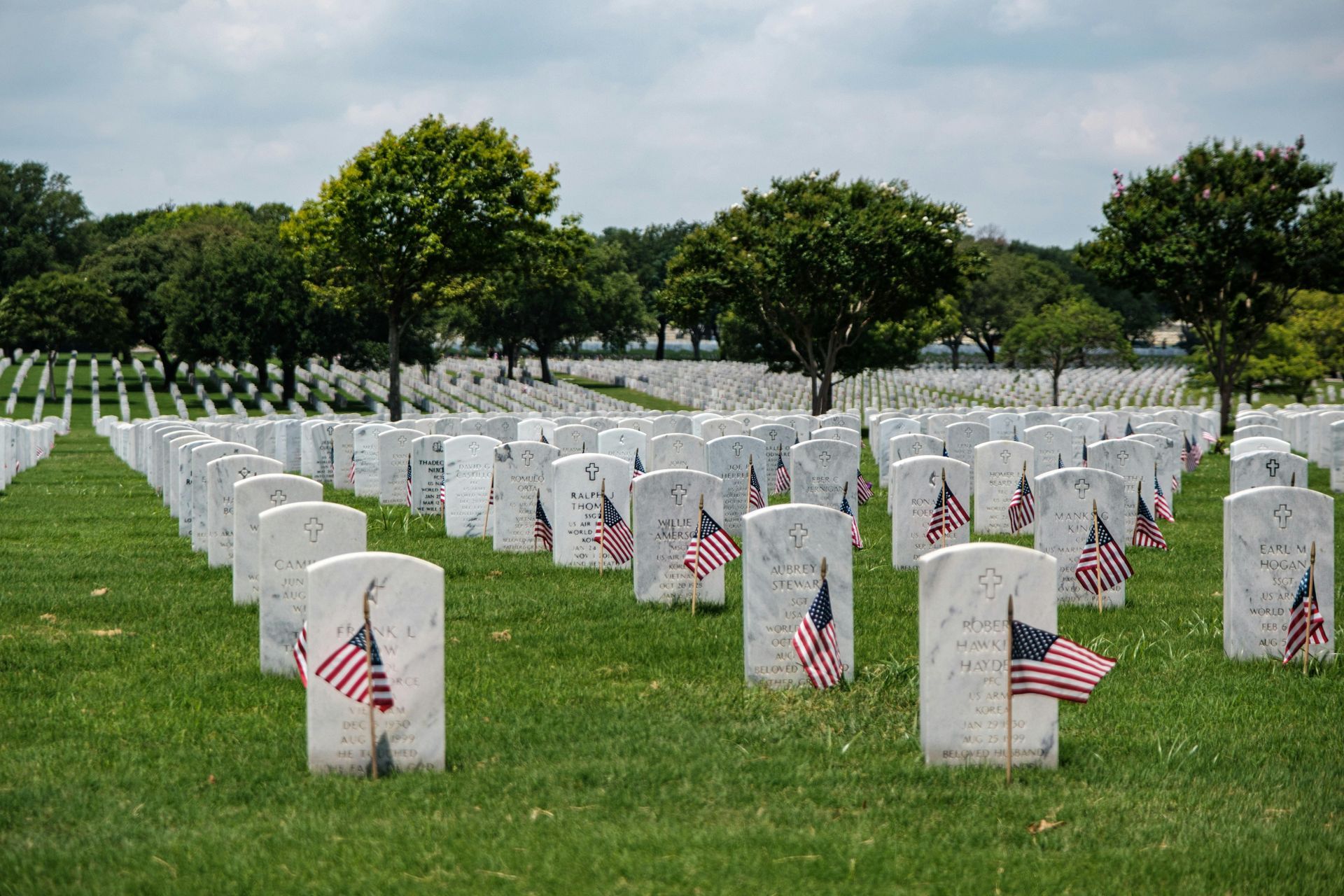A Logistical Roadmap: How We Bring a Loved One Home From Anywhere in the World
A Logistical Roadmap: How We Bring a Loved One Home From Anywhere in the World
When a loved one passes away far from their final resting place, the emotional weight is compounded by the confusion of international and interstate regulations. The process of bringing a deceased person home—known as repatriation when it involves crossing national borders—is highly complex.
The goal of a professional mortuary service in this scenario is to serve as the single, coordinating entity that manages all legal and logistical requirements. Here is a roadmap of how this intricate process works.
Initial Documentation and Legal Authorization
Before any movement can occur, the immediate legal requirements must be met at the location where the death occurred:
- Certification of Death: The immediate priority is securing the official death certificate from the local authorities (e.g., a hospital or local registrar).
- Embalming/Preparation: For nearly all long-distance and international transport, the remains must be professionally embalmed and placed in a sealed container that meets airline and government standards.
- Transit Permits: A transit permit (or burial-removal permit) is required to legally move the remains across any jurisdictional line (state or country). This permit confirms that the official death certificate has been recorded and that the transport is authorized.
The Repatriation Process for International Transport
International repatriation involves specialized coordination with foreign governments and customs, which adds several layers of complexity:
- Consulate Liaison: The mortuary service must contact the embassy or consulate of the receiving country to determine their specific import requirements. This often involves obtaining a formal "letter of no objection" or similar document, translated into the necessary language.
- Customs Clearance: The paperwork for human remains must be cleared by customs officials at both the departure and arrival airports. This is highly regulated, requiring specific customs forms, health declarations, and proof of proper sealing and preparation.
- Specialized Caskets: International shipping often requires the use of an air tray (an outer protective container) and a sealer casket or metal-lined inner container, which may be legally mandated to prevent exposure during transit.
Air Freight Logistics and Certification
The vast majority of long-distance transports utilize air cargo. Airlines have strict protocols for handling human remains, which must be followed precisely:
- The "Known Shipper" Status: Airlines generally require that anyone shipping freight—including human remains—be a Certified "Known Shipper." This status is critical, as it confirms the shipper (the mortuary) has met rigorous background checks and security protocols required by agencies like the TSA. Without this certification, shipments are often delayed or rejected.
- Booking and Tracking: The service coordinates directly with the airline’s cargo department, booking the flight and confirming the necessary space on the aircraft. Because of the sensitivity, the shipment is typically tracked continuously, with constant communication between the departure and arrival funeral homes.
- Carrier Requirements: Airlines dictate the exact labeling, handling, and documentation that must be affixed to the container to ensure smooth transfer between aircraft, especially when connecting flights are involved.
Arrival and Final Delivery
The process concludes once the remains arrive at the destination:
- Airport Pickup: The mortuary service or its local partner at the destination country/state handles all necessary final customs checks and picks up the remains directly from the airport cargo facility.
- Transfer to Funeral Home: The remains are then safely transferred to the designated receiving funeral home, where the family's final arrangements—such as viewing, funeral service, or burial—can proceed without further logistical interruption.
By understanding these four key steps, families can appreciate the comprehensive, multi-agency coordination required to bring a loved one home with dignity and in full compliance with global regulations.






